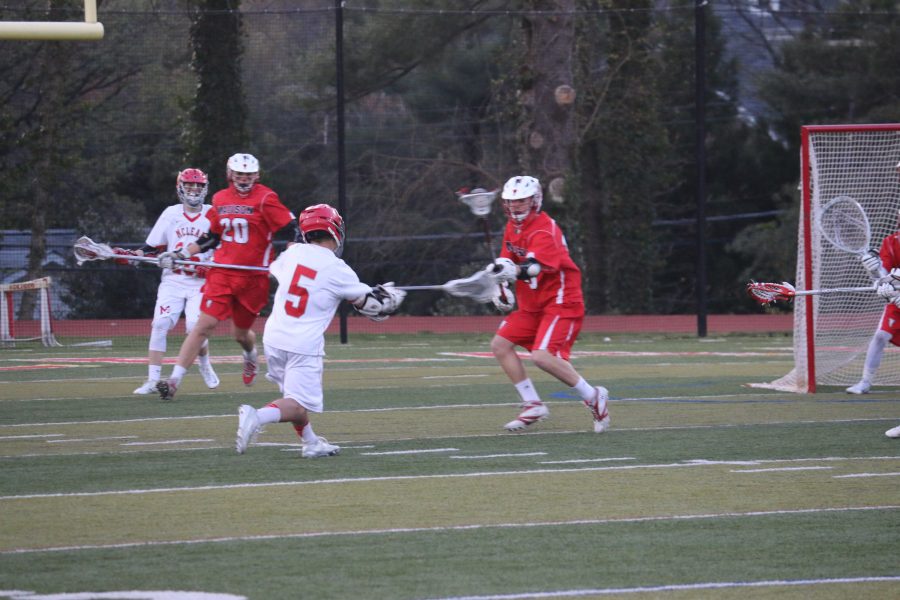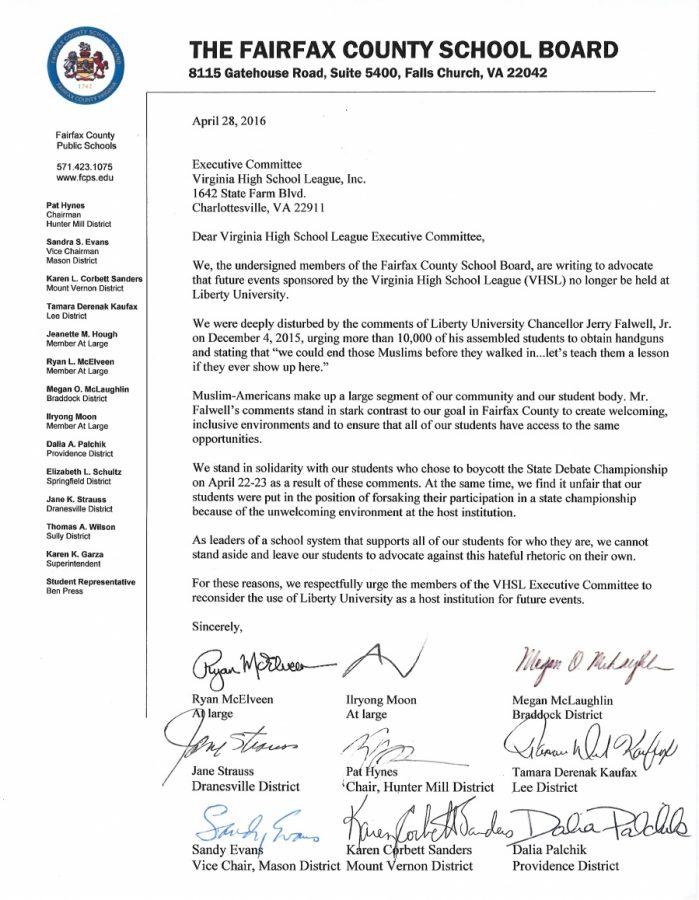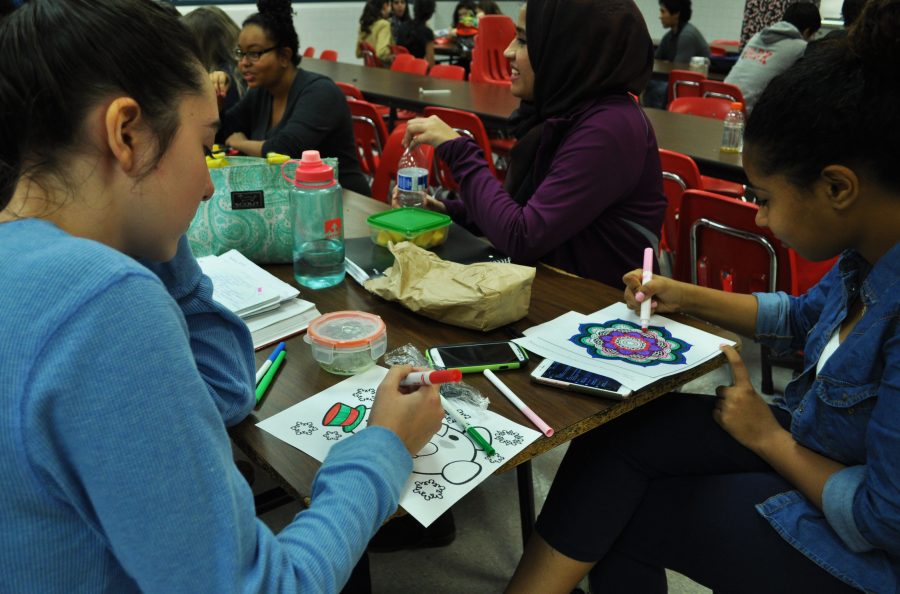
This phenomenon is not uncommon; in fact, for some, like myself, these emails start in the middle of Sophomore year. That means that there are two years between the time when admissions are due and the time some students start getting emails. Two years of daily emails asking students to come tour the school. Two years of spending hours following up on emails that may never lead to anything. Two years of stress.
Yes, I did say stress. Stress, a topic frequently covered by The Highlander, is heard throughout the halls of McLean, and on the lips of every Highlanders. The earlier the emails start, the more time stress has to cultivate its insidious seeds.
Think about it — all of the guides sent with the “7 Steps for Getting In” and “Tips on Admissions” are setting up students to worry about all of the requirements that they’ll have to fulfill by the time applications come around. They are a great resource for rising seniors, but otherwise the information is being sent so early that 1) it’s hard to retain until senior year, and 2) it’s wasting the college’s time.
Students have enough homework to keep them busy; add onto that extracurricular activities and social events, and there’s enough to do in a week that even mandatory tasks are forgotten. That means that all of the emails being sent — however helpful and well-intentioned they may be — are pretty much going in one ear and out the other.
These colleges would be much better off waiting for students to express interest in them, and then sending the emails. Or, at least wait until Junior year, when interests (and GPAs!) have developed further. If they did that then no money would be wasted on paper, and the students wouldn’t be under extra pressure.
If nothing else, leave this article knowing that everyone deals with these emails, and that it’s okay to stress. And to any colleges that may read this — thanks for expressing interest, but we simply aren’t ready to have any serious relationships yet.








